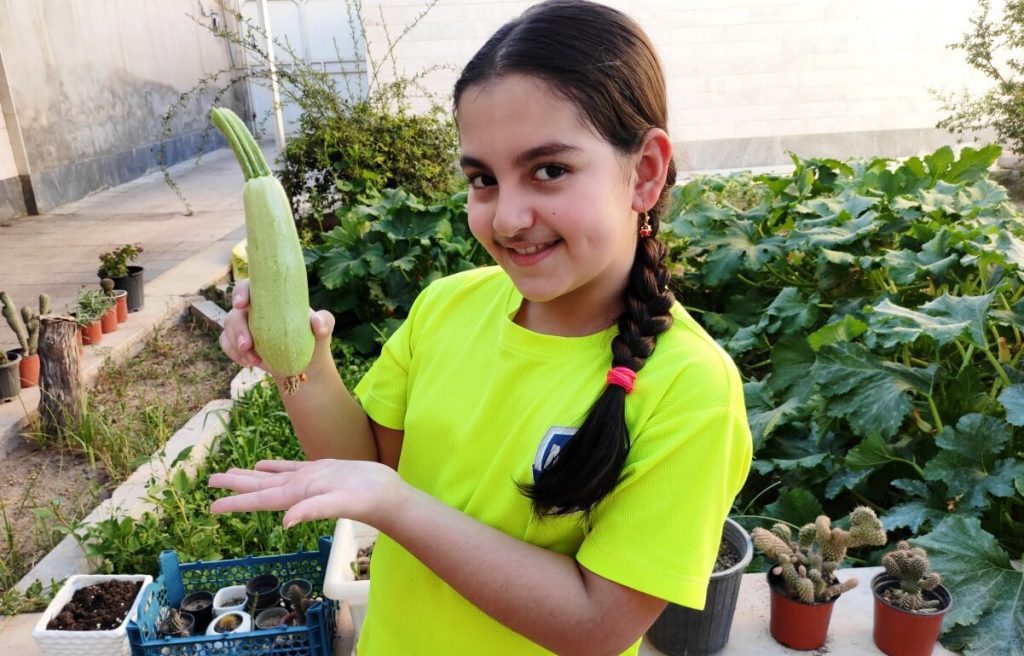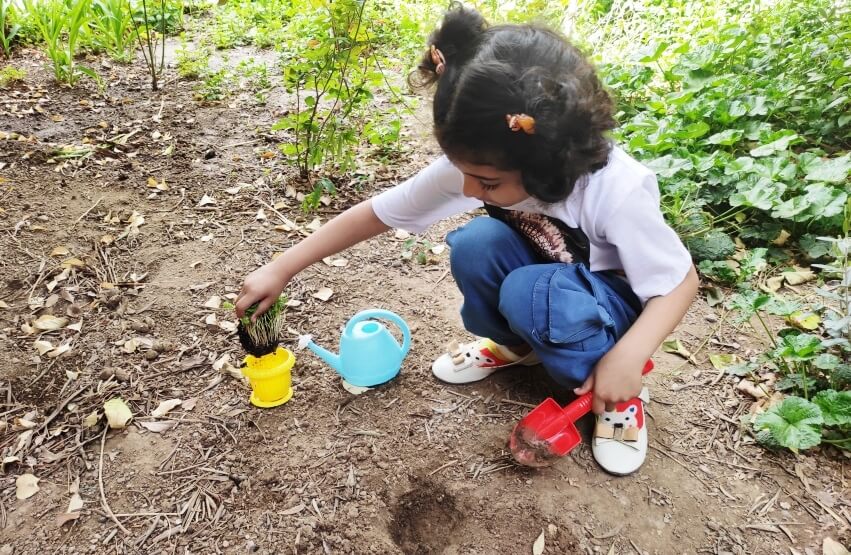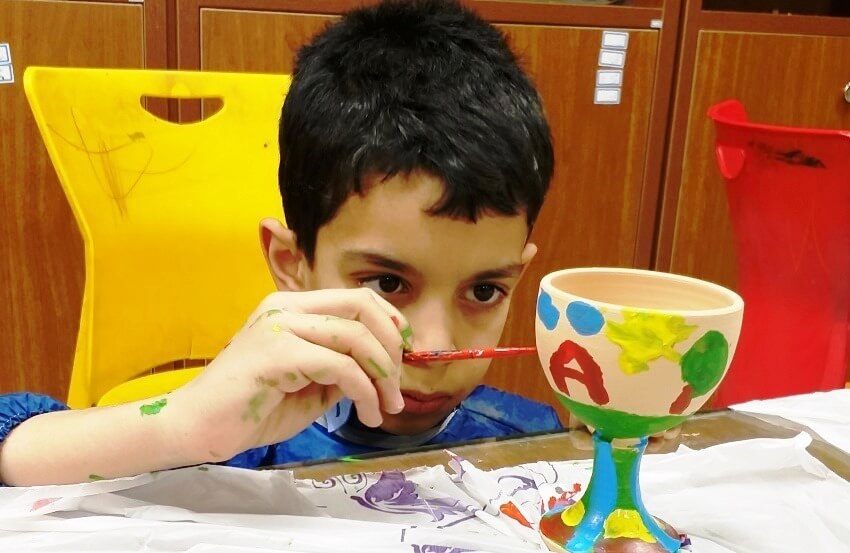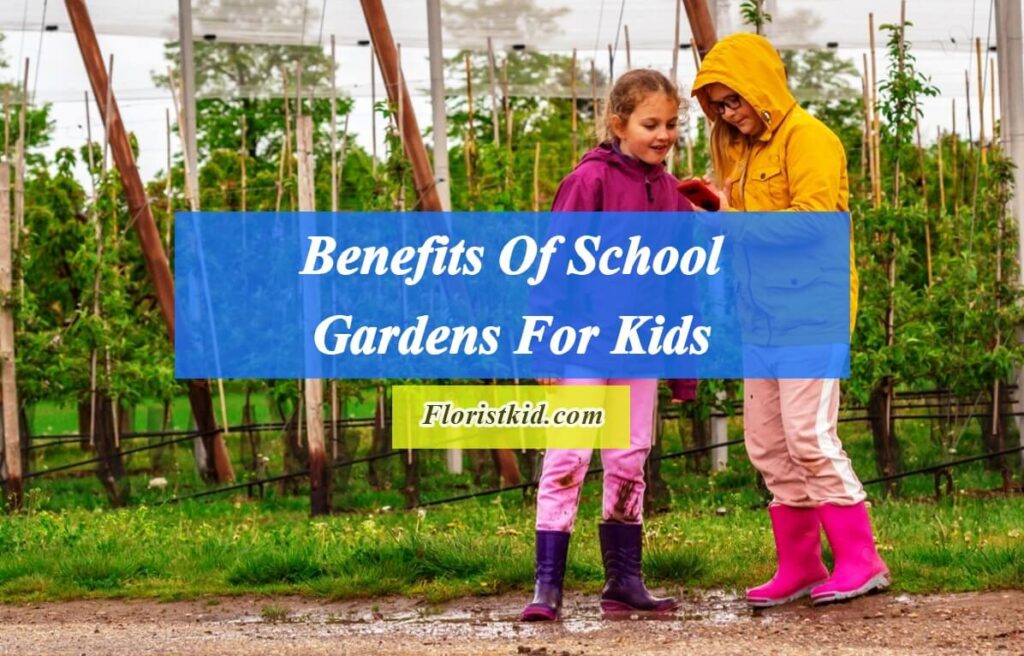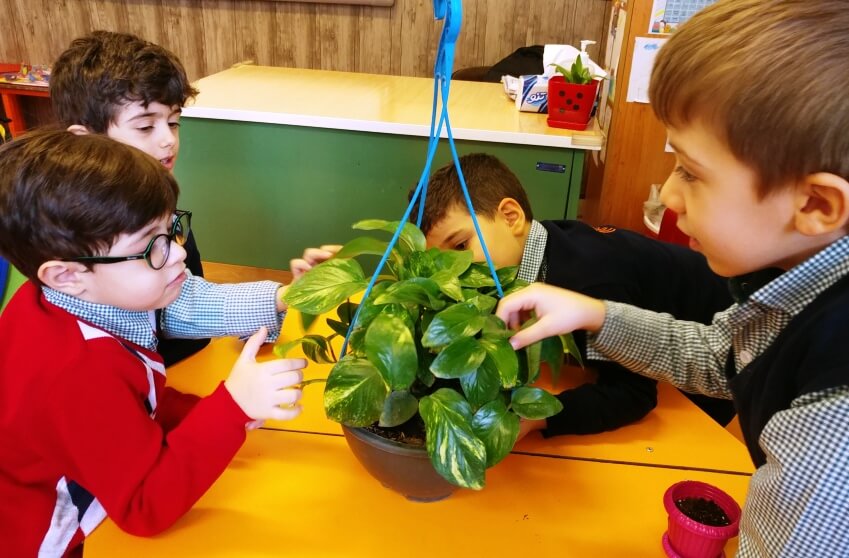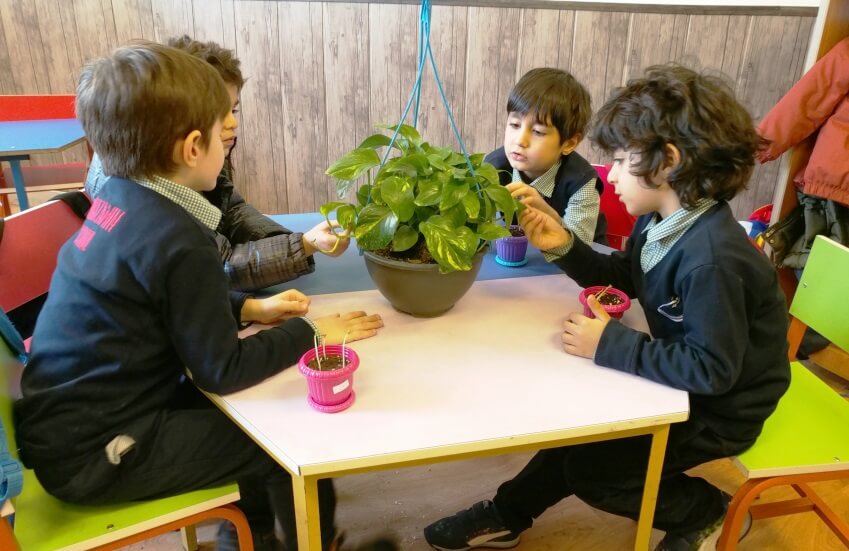Gardening is a recreational and healthy activity necessary for all members of society. Among different members of the community, students in particular should take an interest in gardening due to its numerous benefits. As we mentioned in our article << The Benefits of Gardening for Students>>, gardening can improve academic performance, social skills, and the immune system as well as reduce stress, instill a sense of responsibility, and increase confidence.
Now that you know the importance of this issue we can ask ourselves, how do we implement gardening in schools? And what exactly are suitable gardening activities for students? This article will look at five enjoyable gardening activities for student that can be carried out in all schools. All of these activities can be done indoors and outdoors.
Best Gardening activities for students
Planting and growing microgreens in pots
Planting and growing microgreen seeds in pots is one of the best gardening activities children may do at school.
What exactly are microgreens? The edible stems and leaves of herbs, vegetables, and some flowers are known as microgreens. They are frequently planted nearby in the soil and harvested young, usually within one to two weeks of germination.
Microgreens are high in vitamins and antioxidants, making them highly nutritious for students. On the other hand, these plants reach the harvesting stage rapidly, allowing students to get their hands on the plant product in two to three weeks.
Another benefit of growing microgreens in pots is that they can be easily maintained
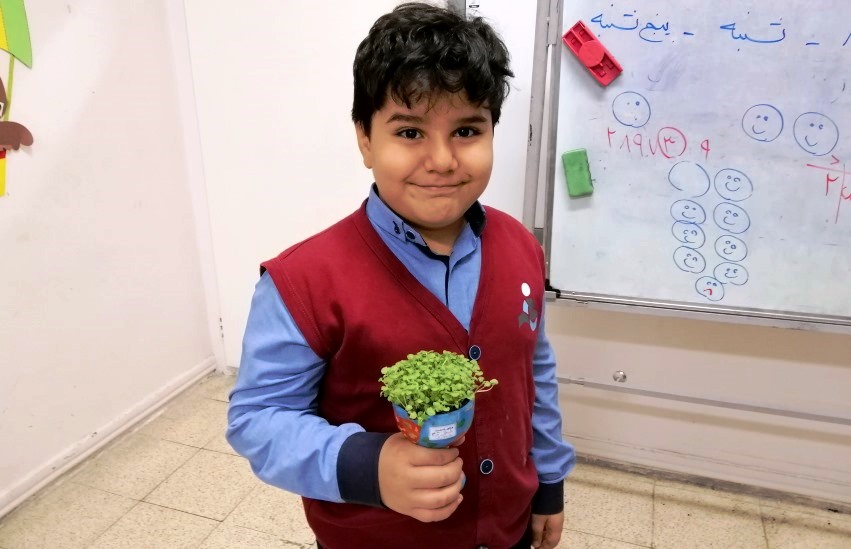
Transplanting the seedlings
The second activity on the list of the top five gardening activities for students entails planting seeds in a pot and then transferring its seedlings to a bigger pot. There are many suitable seeds for kids
with a high germination rate. Students can choose their desired seeds and sow them in a small pot (for example, 3 inches in diameter). Once the plant has grown to about 4 inches, they can transfer it to a larger pot and watch it grow to maturity.
Students’ hands-on abilities improve as they transfer seedlings. They also learn that young plants require more space and nutrients to thrive. The most important element to remember in this exercise is that if you want to conduct the entire gardening activity in the classroom, you should choose seed types that mature quickly into plant products or flowering stages. In this scenario, easy-to-grow flower seeds such as marigold, zinnia, and calendula can be used (For more information regarding these flower seeds, read the article << easy flower seeds to grow indoors>>.
If the school has a garden, the seedlings can be relocated to the garden in the spring and summer without being moved to a larger pot. However, to make this activity more appealing, it is preferable to transfer seedlings to a larger container first and then to the garden as the plants grow larger.
Transplanting Radish seedling
Planting the cuttings
The third appealing gardening activity for students is planting the cuttings. Plants like Pothos and Wandering Jew are excellent options for this activity. Cutting propagation can be accomplished through two methods. In the first method, you must cut the plant’s stem and immerse it in water to let the desired cuttings take root. You should then put the cuttings in a pot once they have taken root. One of the best candidates for this procedure is Pothos (Epipremnum Aureum). Pothos cuttings usually take root after three to four weeks.
The cuttings can be planted straight into the soil in the second approach. This can be accomplished by using plant types whose cuttings take root quickly. This strategy works well with the Wandering Jew plant. In this situation, you should irrigate the soil every day or every other day (depending on the soil’s water absorption capability) after planting the cuttings to keep the soil moist.
planting wandering Jew cuttings in the pot
Growing the sprouts
Cultivating sprouts is another enjoyable and exciting activity that students can conduct in the classroom. Sprouts are not the same as microgreens. Microgreens have leaves, whereas sprouts are only made of seeds, roots, and stems. Microgreens are also grown differently than sprouts.
You do not need soil to grow sprouts, but you need soil to plant microgreen’s seeds. To grow the sprouts, simply place the seeds on a wet cloth and spray them every day. No light is required at this stage and seeds can even be placed in a dark environment. The only thing that matters is that surrounding conditions be appropriate. For germinating and sprouting, seeds require moisture, air, and a warm environment (68-77°F).
Clover sprouts
Painting terracotta pots
Last but not least on our top gardening activities for students list is painting pots. Painting and coloring activities have always been fun for children. For this activity, you need to prepare a series of terracotta pots, brushes, and water-based acrylic paints. By preparing these tools, students can paint the pots as they like.
After painting, you need to pierce the bottom of the pots and ask the students to plant a seed in their pot. They can also transplant the seedlings they have already grown in another pot. Of course, planting some cuttings can also be a good option. Finally, children can gift their pots and plants to their parents and friends.
Conclusion
To summarize, gardening has always been an educational and fun activity for children and students. Today many schools have their students engage in gardening activities, though many do not have enough space for outdoor gardening. In such situations, schools are looking for gardening activities that can be performed within an indoor classroom environment. In this article, we looked at the top five gardening activities for students that can be done inside the classroom. These five activities include: planting and growing microgreens in pots, transplanting the seedlings, planting cuttings, growing sprouts, and painting the pots.

